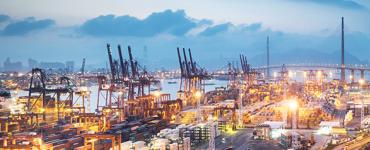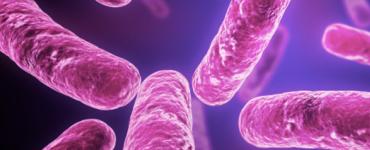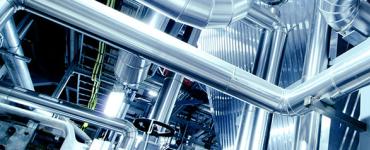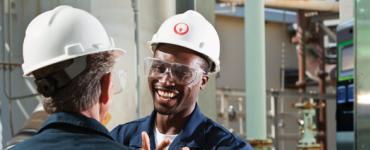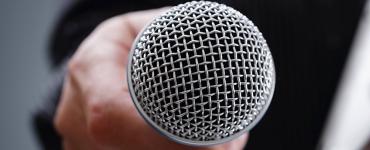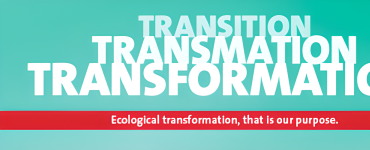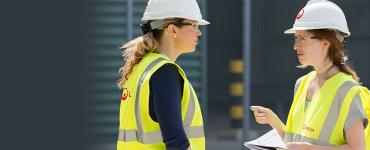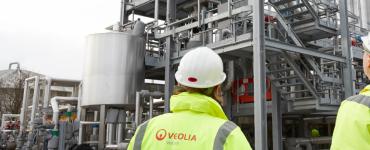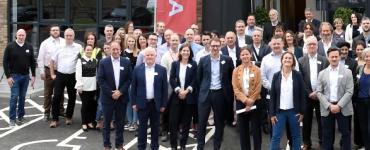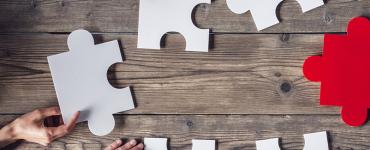- Home
- Latest News
- Is your footprint in deep water?
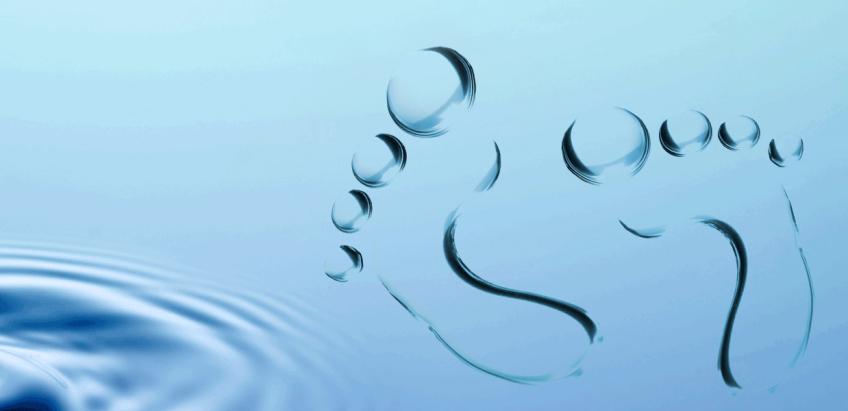
Is your footprint in deep water?
Ian Beckett, of Veolia Water Technologies considers water saving opportunities.
Despite the downpours and lifting of hosepipe bans, water resources remain under scrutiny and are likely to remain so. Unpredictable weather patterns mean further prolonged dry spells are almost guaranteed, thus ensuring that beverage manufacturers need to work smarter, using best practice and continuous improvement techniques to minimise their "water footprint".
Considering and mitigating water footprint is a good way to reduce risk. Not just the physical risk of water shortage, but regulatory and reputational risks. Furthermore, the cost of raw water is rising, as is the cost to discharge, putting water footprint reduction firmly in the spotlight.
Some, but arguably not enough, beverage manufacturers will be familiar with a water audit: identifying how much water comes into the plant, where and how it is deployed, and what amount is discharged. This information is extremely useful as it provides the existing size of water footprint. Reducing it, however, is another matter entirely.
Considering potential water saving techniques is often the immediate riposte, with many thinking hard about wastewater treatment, for example. This can be done using technology such as membrane bioreactors and reverse osmosis, making wastewater suitable for reuse in a variety of factory tasks. Some within the beverage industry may flinch at the mere thought of recycling wastewater for use in manufacturing processes, but in truth, modern treatment technologies are compliant with extremely stringent disinfection and purification specifications to ensure safe water production.
Treatment by membrane bioreactors and reverse osmosis potentially recover up to 70% of wastewater as permeate, which is of superior quality and costs less than the municipal supply for reuse as replacement mains water and/or cleaning in place. Of course, the reuse of water doesn't end with manufacturing processes; there is ample potential to capture and reuse grey water from offices for applications of lower quality such as vehicle washing, plant watering and lavatory flushing, sometimes without any further treatment. A water audit will help establish the quantity of wastewater purification required and to what quality. This is important because using water of too poor a quality in manufacturing processes can jeopardise the product, but on the flip side, water purification isn't cheap, so using water too high in quality can add unnecessary cost and increase carbon footprint.
Among the further benefits of implementing water saving activities is that a beverage plant achieving onsite wastewater reuse of at least 40% is able to apply for a Certificate of Environmental Benefit and claim against the Government's Enhanced Capital Allowance (ECA) water scheme. This allows factories to write off the cost of certain water efficient plant and machinery against taxable profits. Any reputable water treatment supplier should be able to provide the necessary advice in support of achieving certification.
So what other techniques can help reduce water footprint? Well, because many beverage facilities have significant surface run-off, rainwater harvesting offers tremendous potential. Rainwater discharges through the same outfall as the plant's wastewater and costs the same per cubic metre, so using it as a free alternative to mains water reduces this cost. Moreover, it is typically considerably cheaper to treat than mains water because it is low in dissolved solids. Plants based in areas considered the wettest in the UK certainly have a practicable and economical option in rainwater harvesting.
For those thinking this is all years away, think again. Beverage giant, AB InBev [1], for example, says it is on track (by the end of 2012) to achieve a 30% reduction per unit of production in the company's water usage worldwide, against what it was using in 2007. This would save enough water to fill 25,000 Olympic-size swimming pools.
Ultimately, selecting a water treatment supplier with the expertise to undertake a water audit and help identify the most appropriate and cost effective water saving solution, is by far the best way of reducing water footprint.
[1] Anheuser-Busch InBev Social Responsibility Water Use
